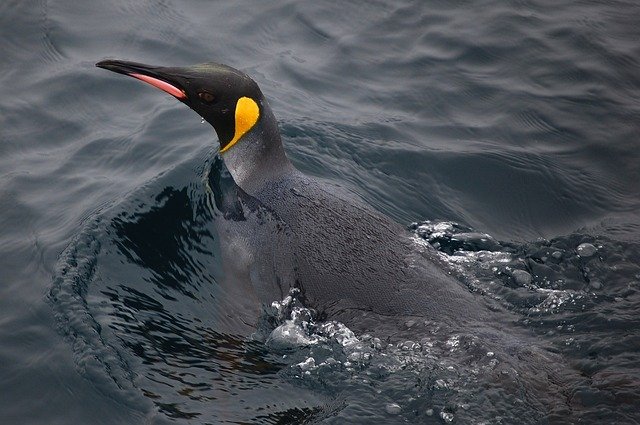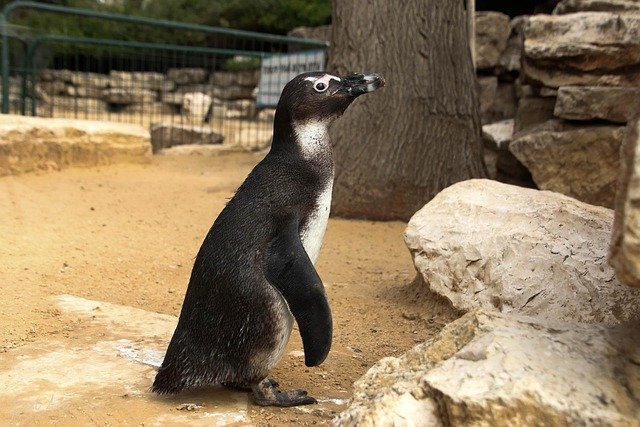**Topic: "The Social Dynamics of Penguin Colonies: How Cooperation and Communication Shape Their Survival"

The Social Dynamics of Penguin Colonies: How Cooperation and Communication Shape Their Survival
Penguins are fascinating creatures that have evolved in some of the harshest environments on Earth. Their survival hinges not only on their physical adaptations but also on their intricate social dynamics. This post delves into how cooperation and communication within penguin colonies play a crucial role in their survival.
The Importance of Social Structure
Penguins are highly social birds that thrive in large colonies, sometimes numbering in the thousands. These colonies provide several advantages:
- Protection from Predators: The sheer number of individuals helps dilute the risk of predation. When in large groups, it becomes harder for predators to single out an individual.
- Thermoregulation: In frigid climates, such as Antarctica, penguins huddle together to conserve warmth. This cooperative behavior is vital for their survival during extreme weather conditions.
- Resource Sharing: Foraging for food can be a daunting task, especially in nutrient-scarce waters. By working together and sharing information about food sources, penguins increase their foraging efficiency.
Communication: The Key to Cooperation
Penguins are known for their vocalizations and body language, which are essential for maintaining social bonds and coordinating group behaviors. Here are some key aspects of their communication:
Vocalizations
Each species of penguin has its unique set of calls. These vocalizations serve various purposes:
- Mate Attraction: During the breeding season, males and females use specific calls to attract partners.
- Chick Communication: Parent penguins and their chicks recognize each other's calls, allowing for a strong bond that is crucial for chick survival.
- Alarm Calls: Penguins emit specific calls to alert others of potential dangers, ensuring that the colony can respond quickly to threats.
Body Language
In addition to vocalizations, penguins use body language to communicate:
- Posturing: When competing for mates or establishing dominance, penguins may puff up their chests and spread their wings to appear larger.
- Huddling: The way penguins position themselves within a huddle can indicate their social status or willingness to cooperate.
Cooperative Breeding and Parenting
One of the most remarkable aspects of penguin social dynamics is their cooperative breeding behavior. In many species, both parents share the responsibility of incubating eggs and feeding chicks. This division of labor enhances the survival chances of the offspring.
- Shared Incubation: In species like the Emperor Penguin, males incubate the eggs while females forage for food. This ensures that one parent is always present to protect the egg from the harsh elements.
- Chick Feeding: After hatching, both parents take turns feeding the chicks, allowing for a steady supply of food and care.
Conclusion
The social dynamics of penguin colonies are a testament to the power of cooperation and communication in the animal kingdom. By working together, these remarkable birds are able to thrive in some of the most challenging environments on the planet. Understanding their social structures and behaviors not only highlights the complexity of their lives but also emphasizes the importance of preserving their habitats for future generations.
By studying the social dynamics of penguins, we gain valuable insights into the intricate relationships that exist in nature. As we continue to explore and learn from these fascinating creatures, let us also commit to protecting their environments and ensuring their survival for years to come.

Upvoted! Thank you for supporting witness @jswit.